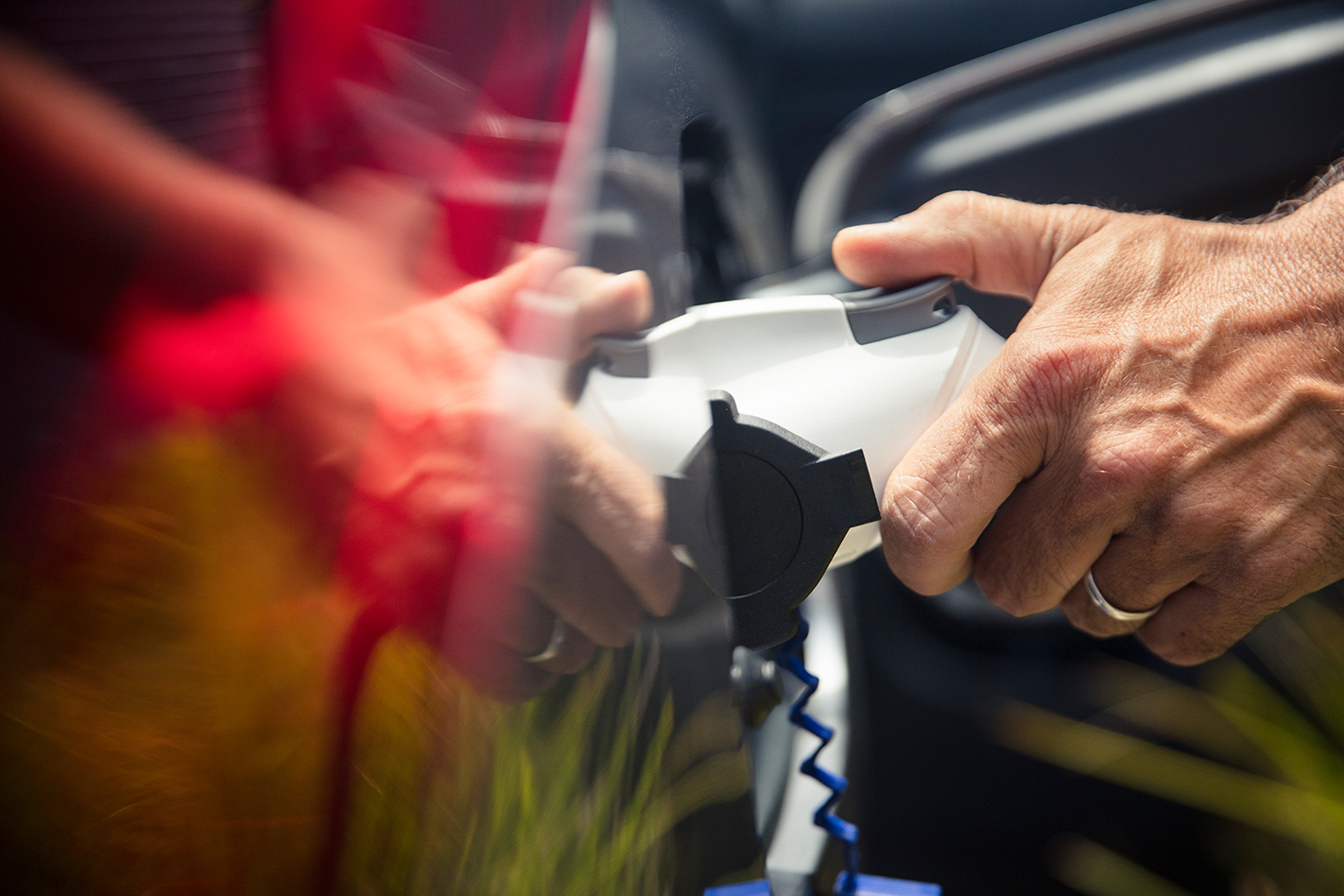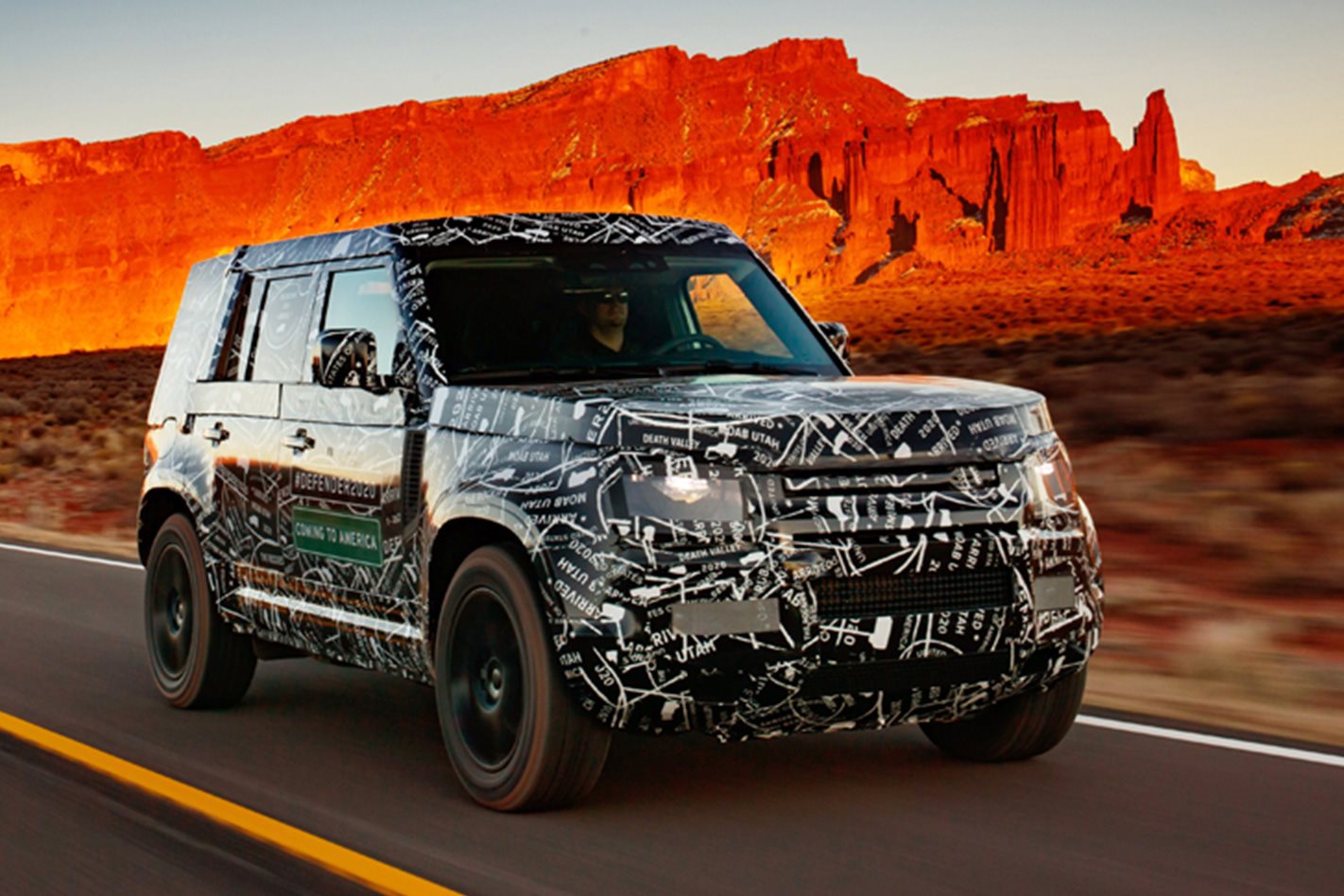
For more than 70 years, the mission statement for two of the world’s most iconic off-road vehicles – the Jeep Wrangler and Land Rover Defender – remained largely the same.
Respectively, stiff-upper-lip Land Rover and yeehaw Jeep couldn’t be more different in their image and execution, but the Wrangler and Defender were like twins separated at birth. Both sacrificed much of their on-road driving experience for unrivalled performance once the bitumen came to an end. They also both found their genesis in military vehicles launched in the 1940s.
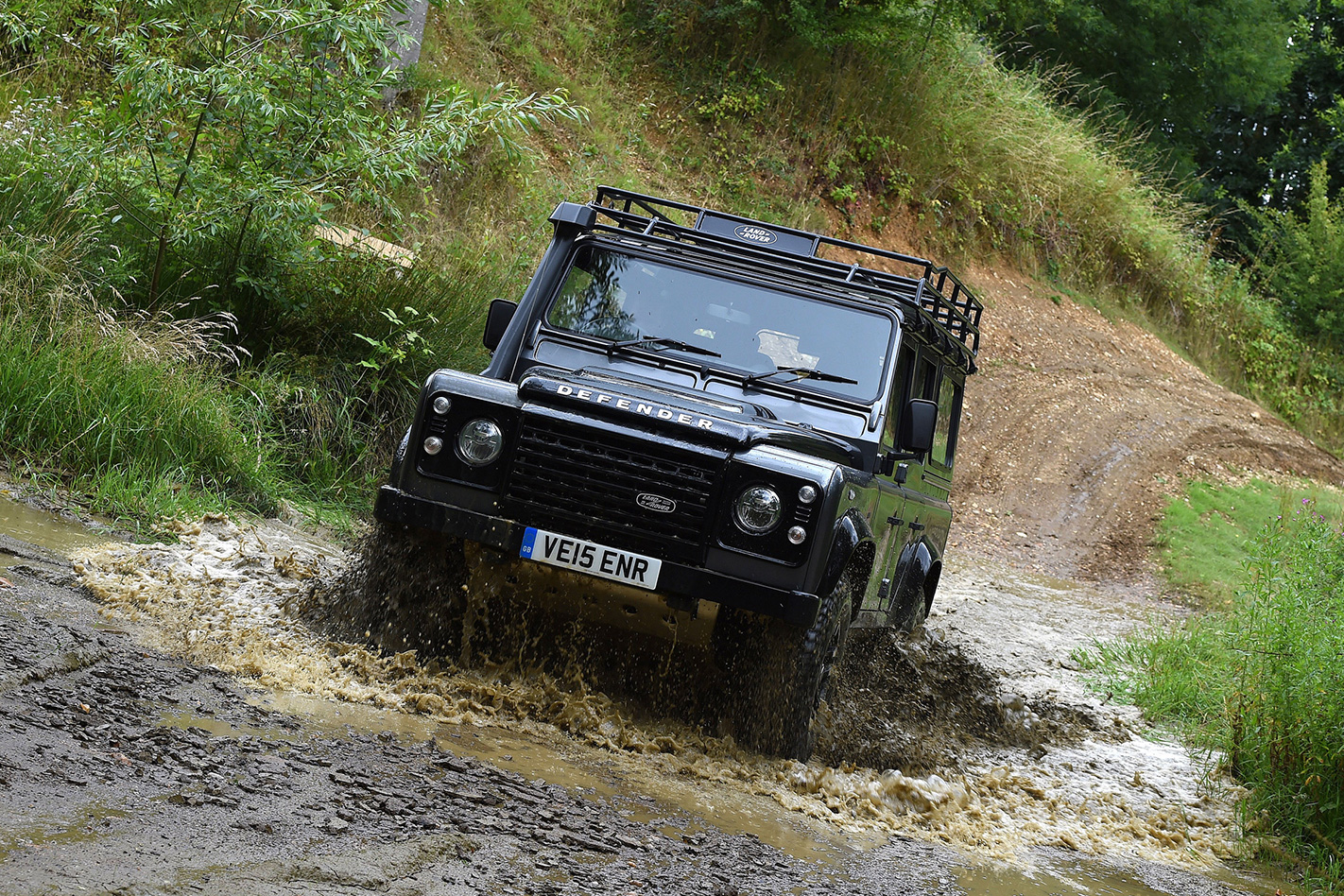
In the ensuing decades since launch, materials technology, construction, capability and overall design has evolved considerably for both models, but the core principle of uncompromised off-road ability has remained the driving force all along.
And to that unapologetic determination to dominate the field, the diehard enthusiasts flocked. No nonsense mechanicals lent themselves to extensive modification, boosting go-anywhere prowess even further, dependability and ease of repair appealed to serious adventurers, and the unmistakable styling of both has a timeless allure.
But after seven decades of beating the same path as the Wrangler (and a hiatus), the returning Land Rover Defender is about to set a new course, and pursue a very different trail for the first time since the original Series 1 emerged in 1948.
After an extended and protracted teaser campaign, Land Rover is about to reveal the successor to the Defender nameplate, but its name is just about where the connection to its past ends.
While the Wrangler battles on with a tried and tested (but also inherently flawed) recipe in the name of satisfying a longstanding customer base, the new Defender will be a sophisticated, polished and modern machine that is likely to be a delight on the road.

It’ll have independent suspension that’s supported by air springs, it will borrow the advanced, lightweight platform and architecture that is proliferating the rest of the range, and it will incorporate state-of-the-art technology, including augmented reality that will make the bonnet disappear.
Defender fans are going to hate it.
Sure, its maker says it will be “the most capable car we’ve ever built” and if it delivers an enhancement of the off-road ability already found in other Land Rover and Range Rover models, they are on to a good thing, but that won’t matter to the traditionalists.
Conversely, peer under the boxy body of the 2019 Jeep Wrangler and you’ll find a pair of live axles connected to a ladder chassis and, while the current model is probably one of the best in its bloodline to drive on-road, it’s still seriously compromised.
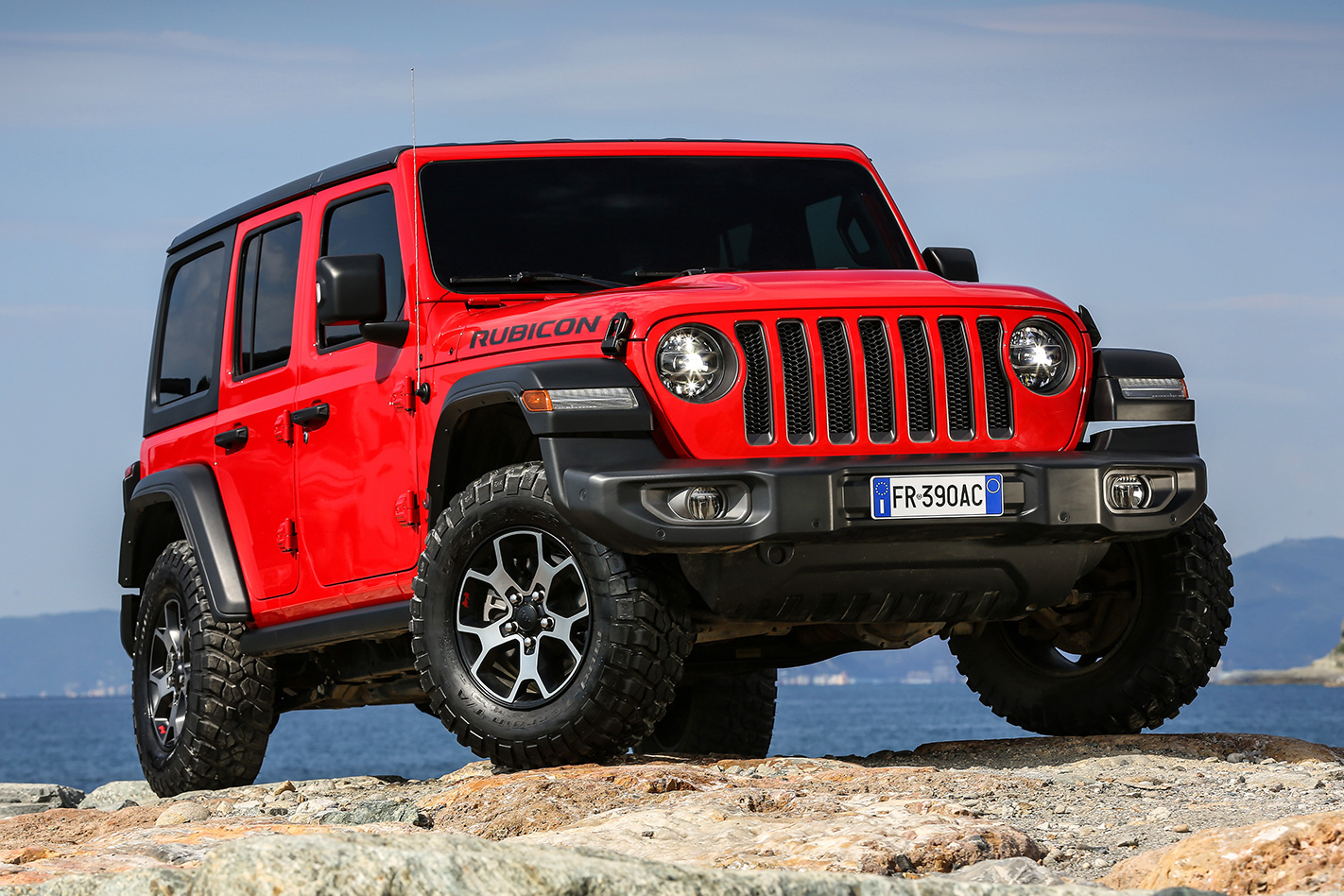
Get it away from the blacktop, however, and the Wrangler is better than ever. It’s very much business as usual.
And so, just like the seven-slot grille purists that would drop Jeep in a heartbeat if the next Wrangler was a comfortable, refined high-rider packed full of high-tech electronics and cottonwool, those owners that really put their Defender to hard yakka will be jumping ship faster than you can say “trunnion grease nipple”.
On the one hand you have a maker persevering with an outdated design to retain a longstanding customer. And on the other, you have a manufacturer deliberately breaking from tradition fully aware that its decision will cost it a loyal following overnight. So who is right?
Actually, they both are. And the answer comes down to numbers.
Not long after the JL Wrangler launched in its native North America, Jeep sold nearly 28,000 in just one month setting a new monthly sales record, with a 70 percent increase over the number sold in March the previous year. The Wrangler is America’s favourite Jeep.
Need that putting into stark contrast with some easy to understand figures? In the Defender’s best year – 2012 – Land Rover sold just shy of 20,000 … worldwide.
That’s right, in a good month, Jeep can find more homes for Wranglers in a single country than Land Rover could find in an entire year across the planet.
Put simply, Jeep cannot afford to lose its Wrangler customers, while Land Rover can’t afford to keep the Defender’s.
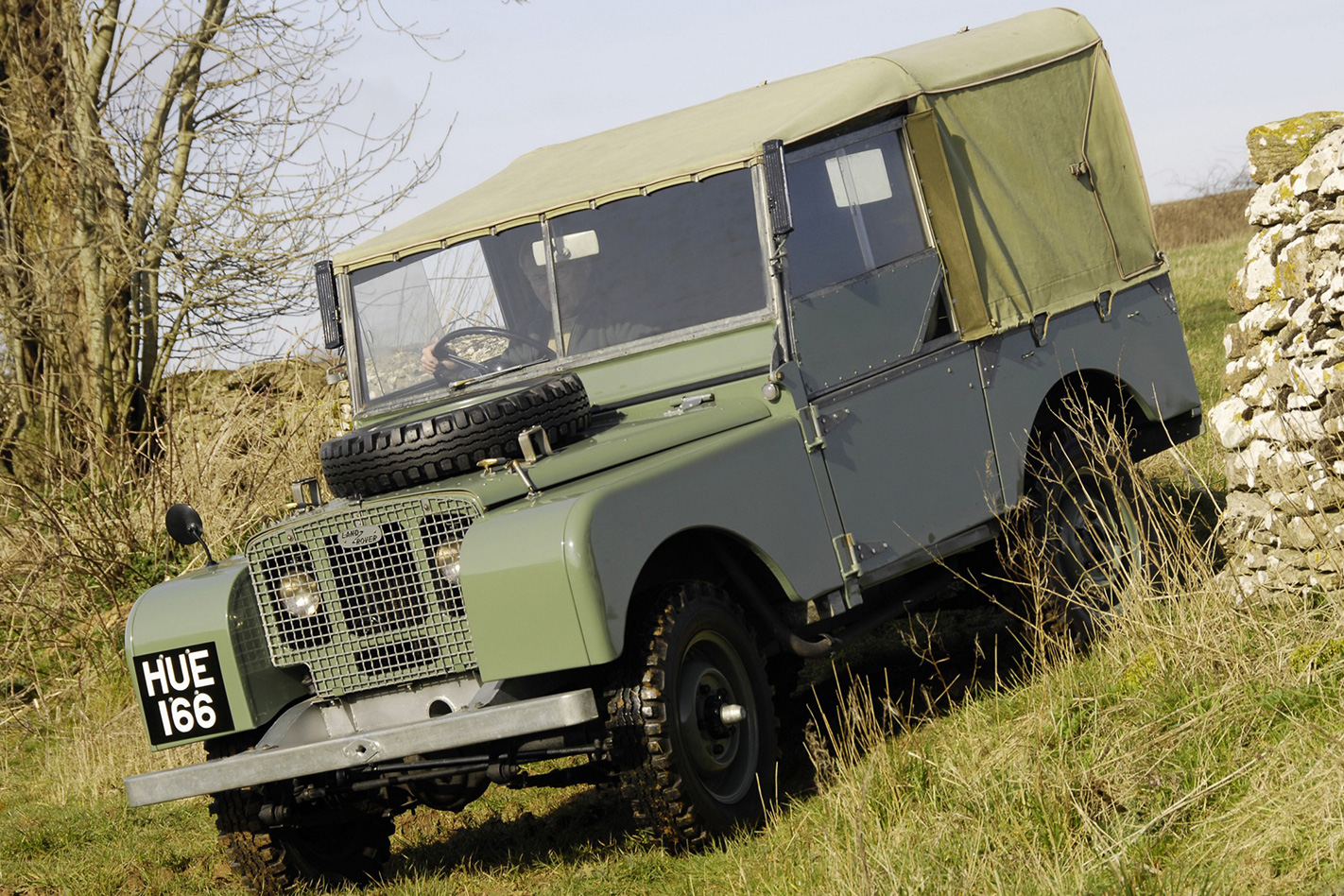
The bean counters at JLR would have looked at the Defender’s audience, the cash that it has the potential to haul in as a hardcore utilitarian off-roader bought by farmers who replace their vehicles only when at least two wheels have fallen off. And then they would have looked at the brand power of the Defender moniker.
Instead of pressing on with the same old deeply esoteric recipe, the Defender moulds could be recast to produce a luxurious, sophisticated machine with decent all-terrain ability that will appeal to a crowd many times the size of the existing customer base.
As long as the Defender exists as a model that can be repurposed to capture an entirely new, larger and more lucrative audience, the relatively small clutch of ‘green lane’ enthusiasts doesn’t stand a chance.
When Land Rover finally puts an end to its drawn-out campaign of teaser images, ‘leaks’ and ‘spy shots’ in September, I am certain the resulting vehicle will offer styling that is a clever retro nod to the original. I’m confident that it will be packed full of comfort and luxury features to Rival a Vogue. And I don’t doubt that it will quite possibly be the most capable off-roader in the JLR line-up.
But if I was faced with a hoard of stampeding zombies and forced to choose between the 2019 Wrangler or the 2020 Defender as the vehicle to keep my brains off the menu, I’m pretty certain I would be making a bolt for the Jeep.


